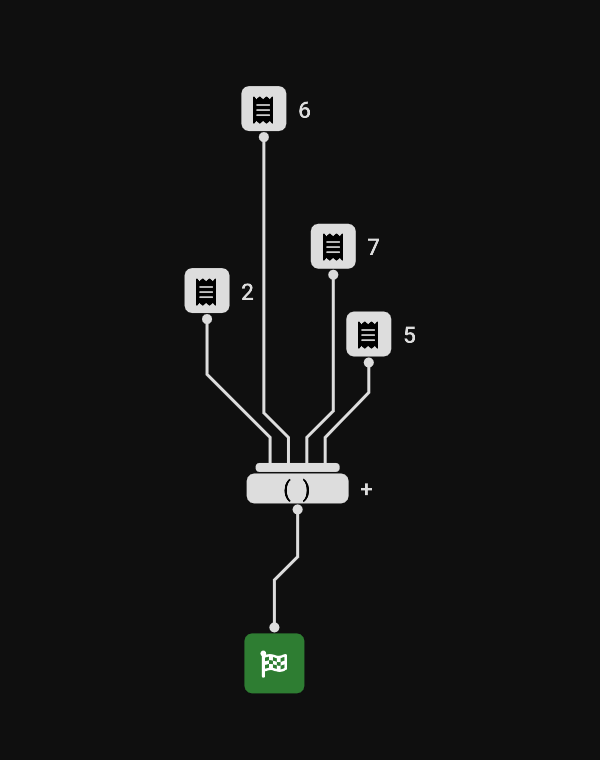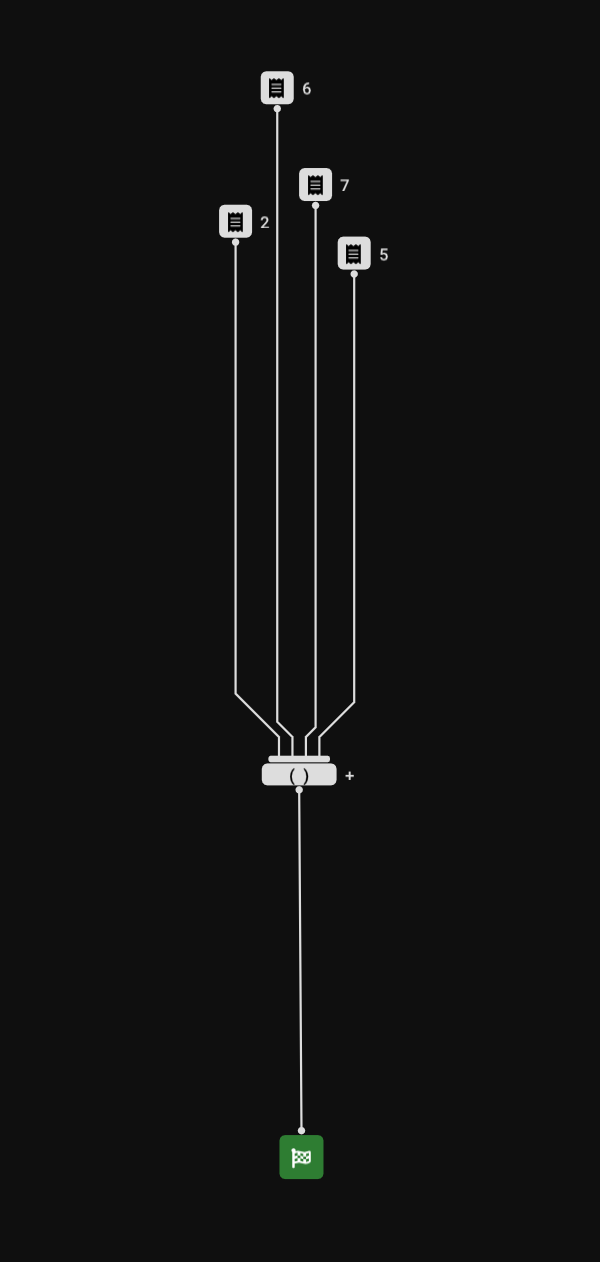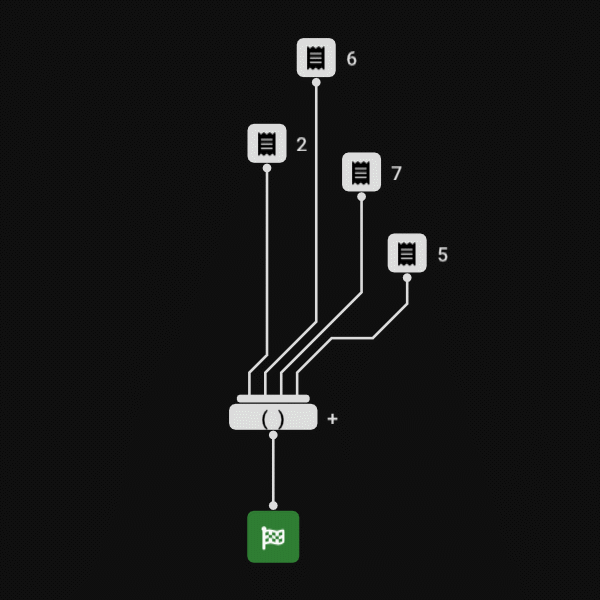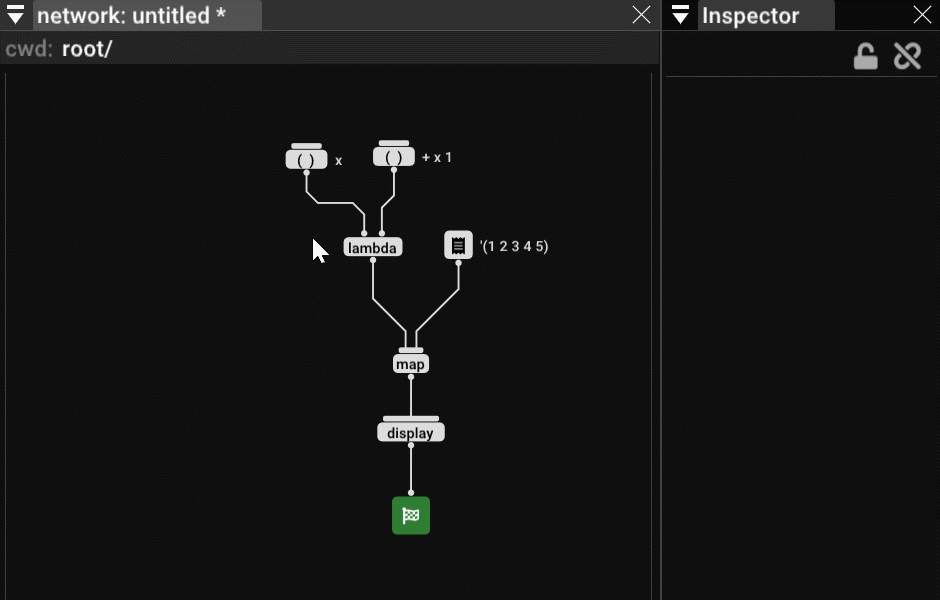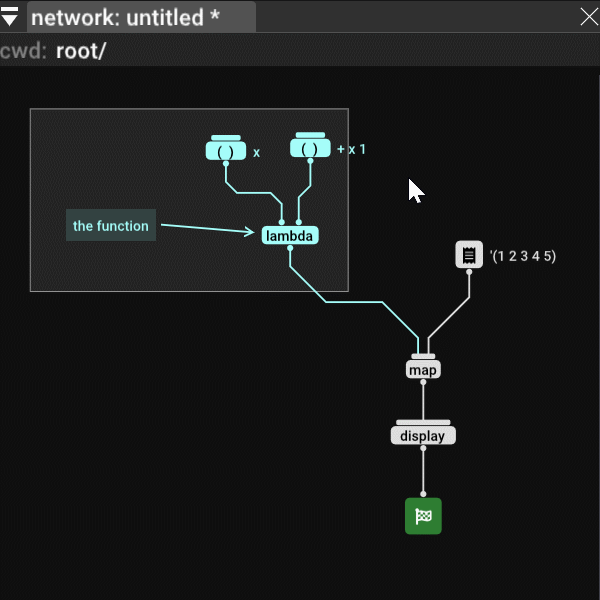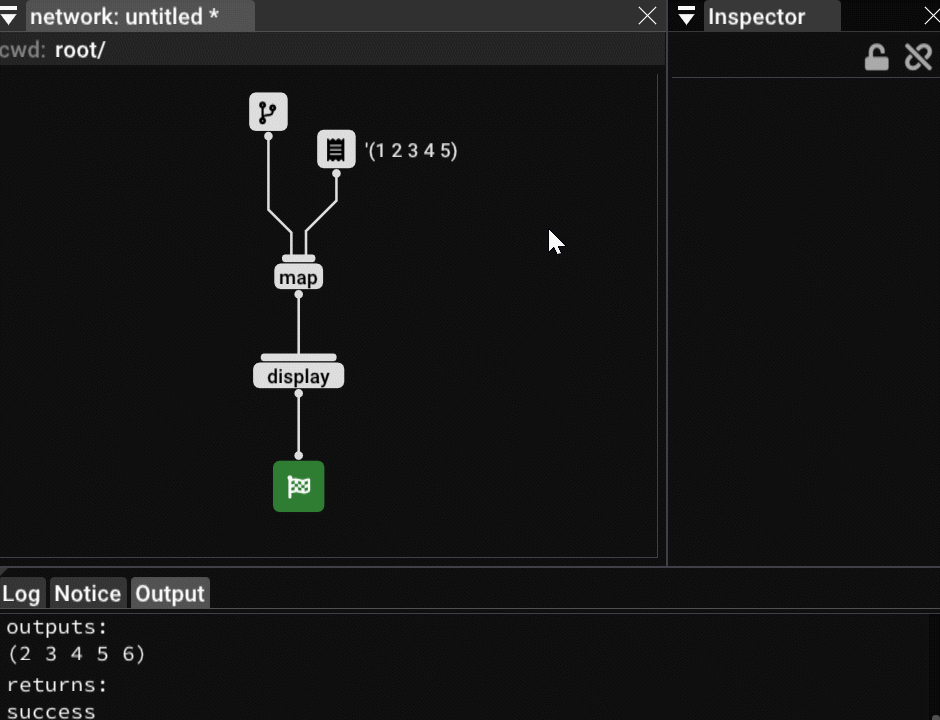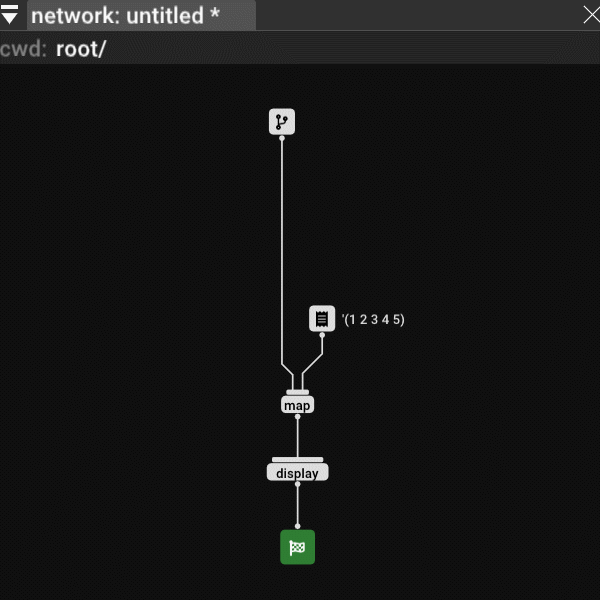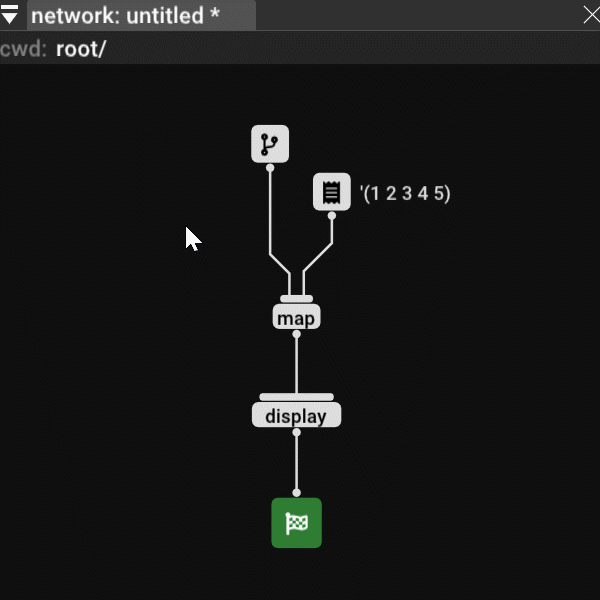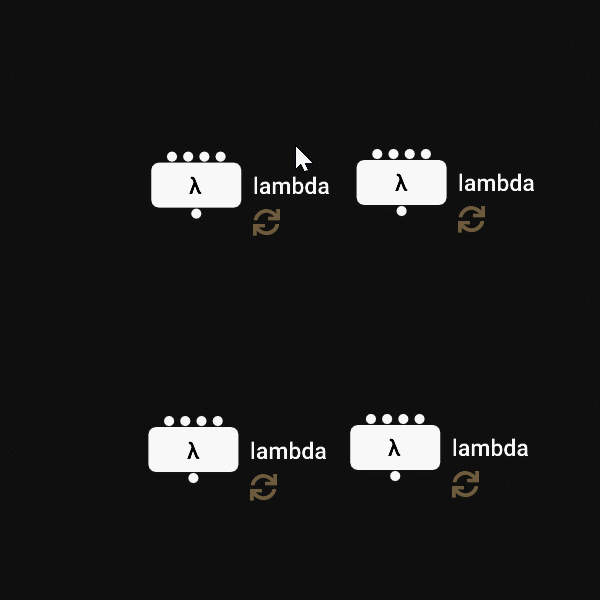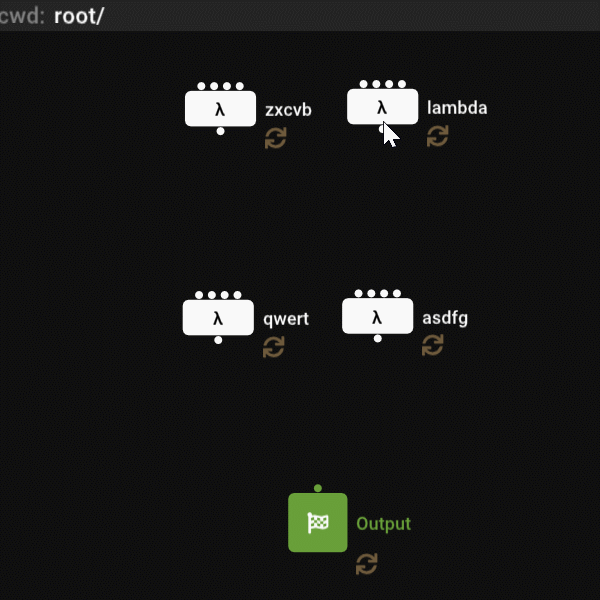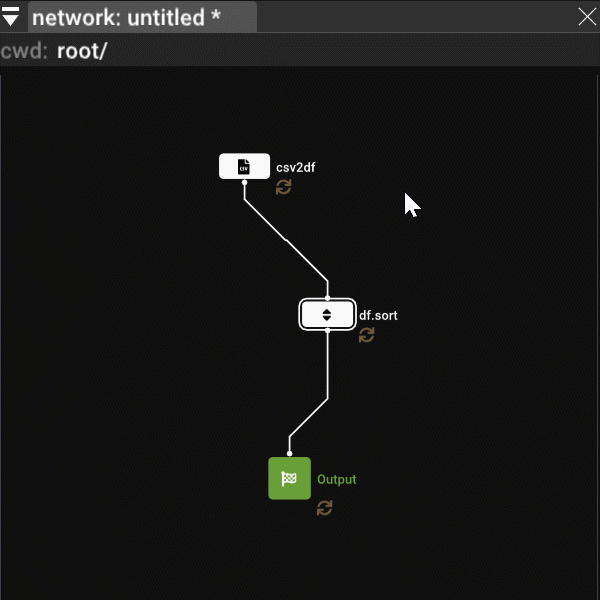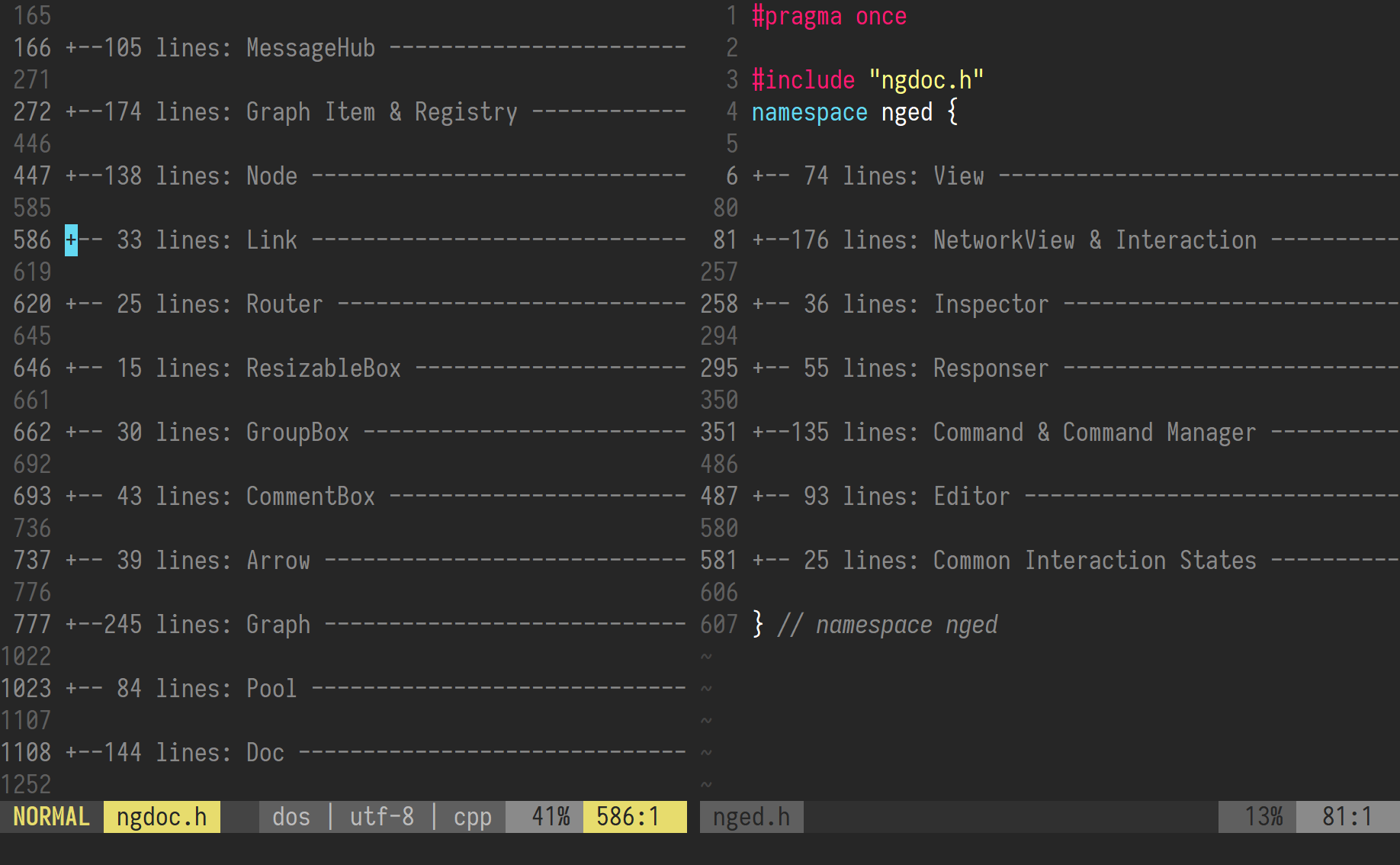This is the result of my attempt to make an easy to use, myself-friendly node graph editor.
Core components of this project are ngdoc.h (node graph document) and nged.h (node graph editor), and with this project comes with two demos, which in hope will give you some basic ideas of what they can do - if you are also looking for a node graph editor that is standalone, customizable, scriptable, efficient, beautiful, ergonomic and cross-platform.
-
visual s7 is lisp visualized in form of node graph, it looks like this:

-
pydemois a functional python scripting environment, it looks like this: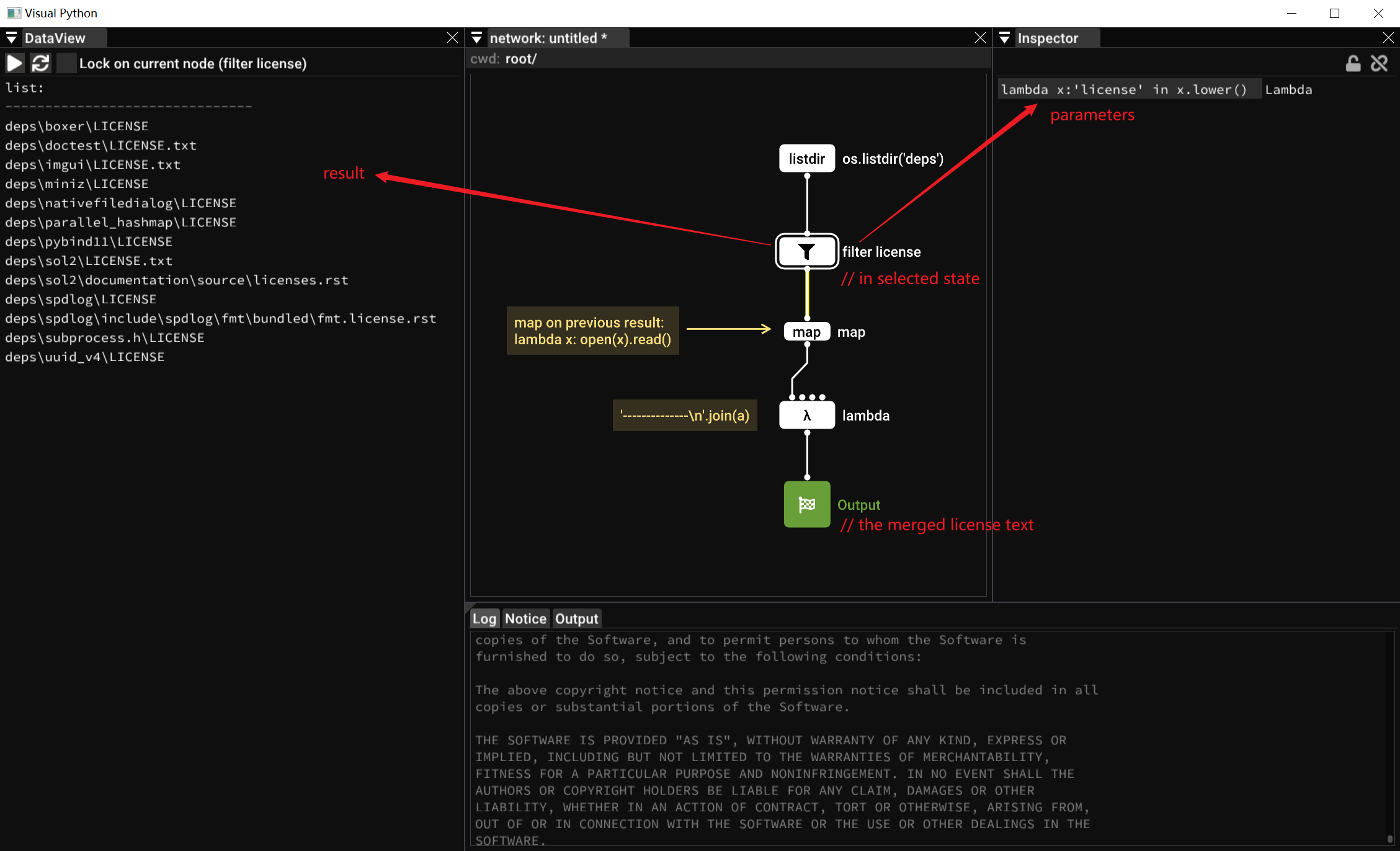
What they share in common is the beautiful UI and friendly operations.
Tested on:
- Windows 10 x64
- Windows 11 x64
- Ubuntu 22 x64
- Raspberry Pi OS Arm
dense or sparse, it's easy to keep track on the relationship of nodes and links:
// press F to focus selection; or with nothing selected, press F to focus the entire graph
// press Y to cut links
// drag link with Shift pressed, the link will be swaped if the drop target has existing link
It's worth mention this other side project of mine: parmscript
With this, it's very easy to customize parameter interface on each node, and it can handle serialization / deserialization / evaluate to & from Python with no extra effort.
- Undo, Redo
- Copy, Paste
- Read-only view
- Headless (doc without UI and editor is fully functional)
- One input pin can connect to at most one output pin.
And I think this is the correct way - if you do want to connect multiple links into one input,
you should always declare the logic between those multiple inputs, like
or,and,merge&etc. - and by adding another node, this can be done.
- xmake
- A C++17 compatible compiler, tested on
- MSVC 2017
- MSVC 2019
- Clang 14
- GCC 11.4
- python & setuptools & pip, if you need the python binding and/or the pydemo
> xmake
to build with python:
> python setup.py build
or
> python -m pip install .
Graphic backend can be choosen between
- DirectX 11 (default for windows)
- DirectX 12
- OpenGL 3
- OpenGL 2 (default for non-windows)
- Vulkan
to config:
> xmake f --backend=(dx11|dx12|gl3|gl2|vulkan)
If you want to dive into the code, and/or make contribution,
it's strongly adviced to use (neo|g)?vim editor with foldmethod=marker and foldmarker={{{,}}} set,
otherwise the code look will likely to be not as tidy:
and please respect .editorconfig and .clang-format
tips: xmake project -k compile_commands can generate compile_commands.json for C++ LSPs.
Refer to demo/main.cpp as the starting point.
Basically, define your own NodeFactory, and off you go.

